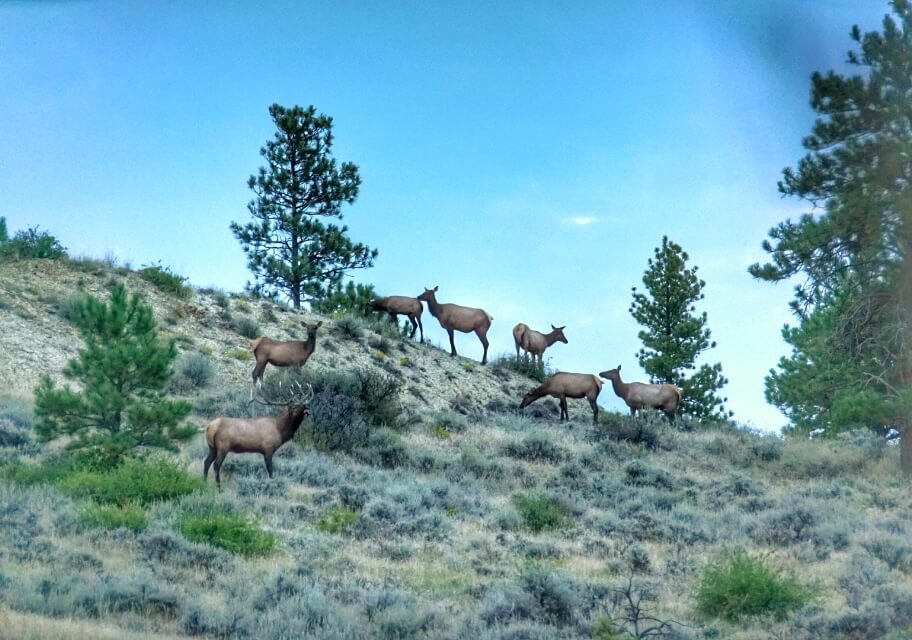
Many hunters often wait for peak rut to start hunting elk, but there is a tremendous advantage in using summer patterns to locate bulls that are in bachelor herds or are solo. If you have done some successful scouting and have located elk, chances are, come opening weekend, the bulls will be in the same general area. This is your opportunity to get the attention of a bull and call him in before he gathers his herd.
One thing that you have to keep in mind is that might only have a general idea of where the elk are located because they probably aren’t bugling. This is where your scouting pays off. Set up in a location that you may have placed a trail camera and have photos of bulls, or in an area that you find fresh sign.
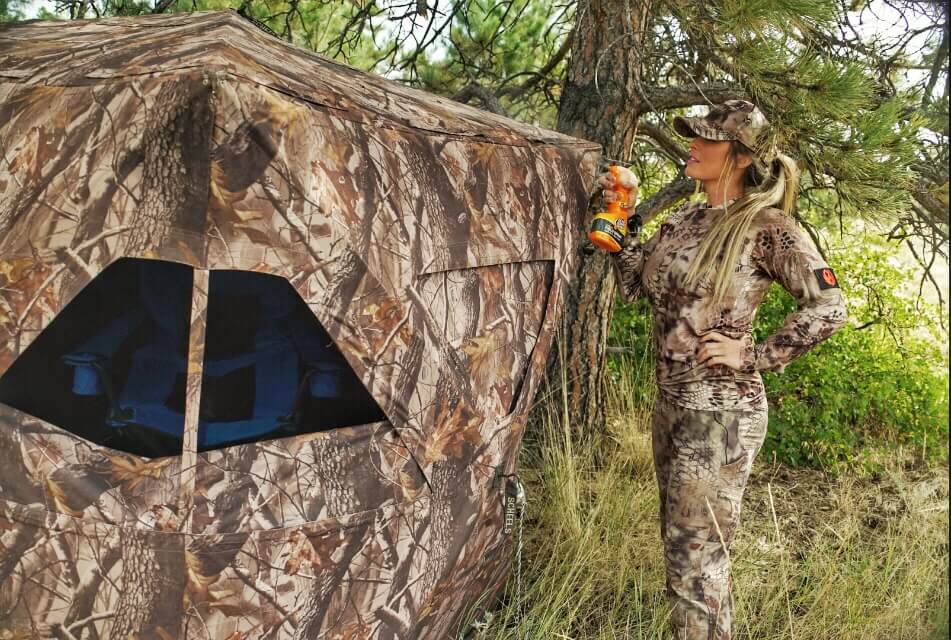
Early season patterning is a great opportunity to use an ambush attempt with a tree-stand or ground blind on a frequently used game trail or water source. If you are on the ground, position yourself to have some kind of break up behind you. Be mindful of what the thermals are doing and wind direction because elk have a good habit of slipping into your downwind side.
One thing I always caution hunters, if you are going to call, never make elk sounds unless you are set up, arrow knocked and ready. If you are hunting from a tree stand it is possible to call in bulls using cow sounds and non-aggressive bugles intermittently to draw a bull to you. The trick is knowing when to stop calling and let curiosity kick in to bring the bull by your tree stand within range for a shot. You want that bull to come in looking for elk and if you call too frequently, he will hang-up and not come into archery range.
If you are hunting with a partner on the ground, set up roughly 50 yards apart. Both of you can do some calling in this situation. It is important to pay attention to your hunting partner. The goal is that if a bull is coming into their side, you would become the designated caller and your partner would stop calling. And vice versa.
Start with a sequence of cow mews and chirps, use non-verbal communication like raking a tree. Take a break and repeat the cow-calf talk after a few minutes. This time, instead of raking try non-aggressive location type bugle. You want to create excitement in the area with your story. The bulls are hearing that there is a herd of cows with a young or non-threatening bull in the herd.
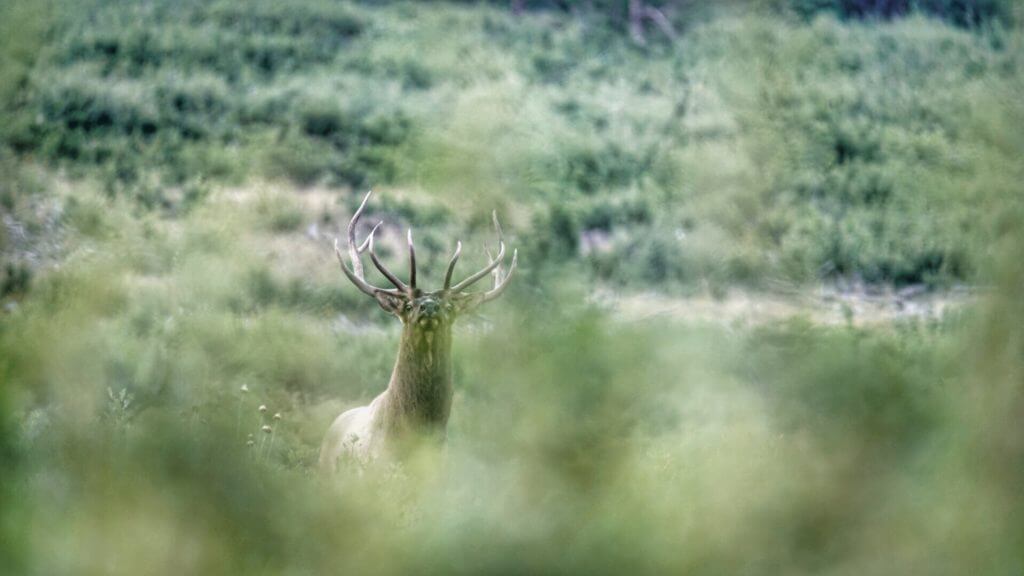
Be patient as bulls will oftentimes come in silent so it’s important to listen for the small sounds that matter like a twig snapping, a hoof hitting a log, antlers tapping a branch. Small sounds are going to help you locate the bull before he gets into range.
Have trees range estimated ahead of time because all too often, you look up and the bull will be standing there staring at you. A great way to maximize opportunity in this situation is by using your max point-blank range. Max point blank is where we can make terminal shots with one single pin aiming at center vital.
Establishing a max point blank is going to determine the closest to the farthest distance that you are able to aim at the vitals using a single pin, knowing you are terminally placing your arrow. Everyone has a different max point-blank range depending on their bow so you will need to determine this for your bow/arrow/broadhead combination prior to your hunt.
This video will help you to establish your max point blank before archery season:
The Hang Up
Oftentimes, a bull will come into the sounds that the caller is making and circle around to the downwind side of them and in most cases, especially in heavily called public lands, he is going to hang up or stop approaching at roughly 70-80 yards away from the caller and hesitate coming closer. He is looking for elk. They are smart and if they don’t see the elk they are hearing, they can be reluctant to come closer.
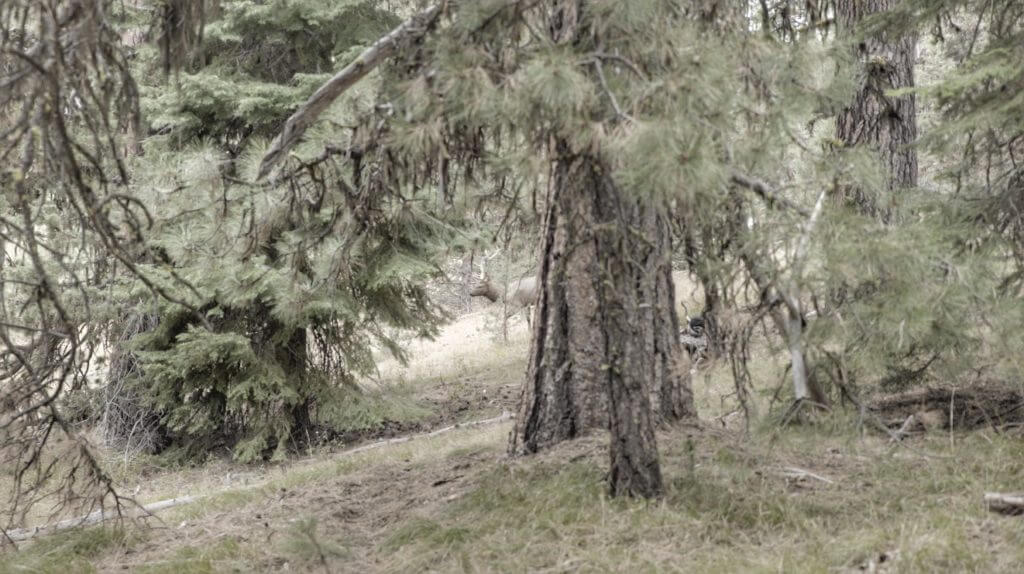
When hunting with a partner, specify one person as the designated shooter and the other as caller. The shooter should not call during the set with the exception of stopping a bull. The bull can tell exactly where the caller is located. It is the callers job to draw the bull by the shooter.
The caller should be placed behind the shooter 30 or more yards back making all of the elk sounds. This will allow the caller to move if needed to draw the bull to the left or right with the attempt to draw a bull by the shooter for a broadside shot. There are many situations where a bull will really want to hang up, so if you are the caller try moving away from the bull. This might just give him the confidence to close the gap giving your hunting partner an in range shot opportunity.
With your calling, you can literally set the tone for how the elk react around you. Remember, elk move around on a mountain and make a lot of noise. Sitting in one spot making the same sound over and over tends to not sound as realistic. As the caller, don’t be afraid to rake a tree and move around on the mountain so that you sound like real elk.
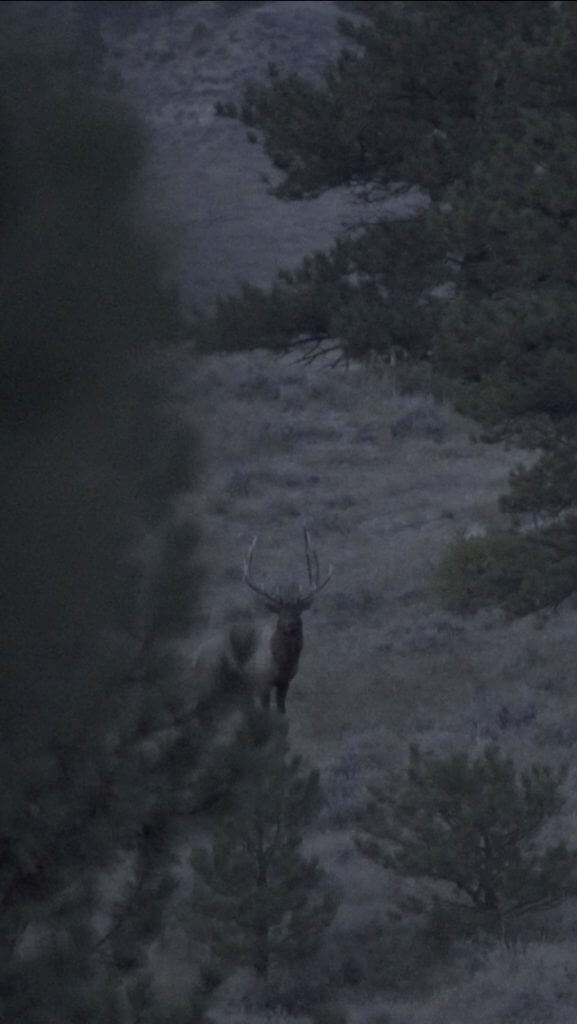
Bugling Bulls
If there is a bull bugling, instead of calling to him and alerting him to your location, make a quiet stalk and get as close as you can without giving away your presence. You may be able to slip all the way in for a shot opportunity without ever making a sound.
If you need to call to the bull because you lost his location or otherwise, be sure to designate a caller and a shooter. In many cases, if a bull will respond to a call but won’t come in, he probably has cows. Even if a bull is bugling and not moving in towards your location, don’t let your guard down, satellite bulls will often slip in silently.
Keep this in mind, the estrous cycle of a cow elk lasts 14-24 hours. A dominate bull is showing off and bugling to let estrous cows know where they are. In other words, the cows go to the bulls as much as bulls go to cows. If the bull won’t come in, the shooter can try to slip into archery range while the caller keeps him vocal.
If the elk sounds that you are using are working and the bull is responding or coming into your position, don’t change what you are doing. If the calls that you are trying aren’t working, you have nothing to lose by changing it up.
It is important to learn to make as many realistic elk sounds as possible prior to elk season. This would include both cow and bull sounds. For example, cow sounds include mew, chirp, estrous, cow bugle, calf mews & chirps, and lost calf. Three basic bugles are the location, display, and challenge.
Different elk calls will create varying sounds depending on the type of palate construction, latex thickness, and stretch. Try out several types of calls to see what sounds the best for you. If you are having a difficult time selecting the right elk call, head over to my YouTube channel, Pursue The Wild to view a video series with Rockie Jacobsen of Rocky Mountain Hunting Calls on how to select a diaphragm, bugle tube, external reed cow call and even tips on how to make beginning to advanced sounds.
Shop Rocky Mountain Hunting Calls at the link here:
https://pursue-the-wild.myshopify.com/collections/elk-calls

Dealing with Non-Shooters
If a cow or non-shooter bull comes into your call sequence, the clock is now ticking. They may see you or simply know something is wrong when they come in and don’t see any elk. It’s only a matter of moments before they bark and blow the whole set up, then things get difficult if not impossible to recover from.
The best suggestion that I can give in this situation is to stand up and walk or run towards the meddling elk and chase them off as quickly as you can, followed immediately by a bugle. This will tell a story to the bull you are working that you are a rival bull that is in the process of stealing his herd. If the bull is hot, this will infuriate him and he will oftentimes come in fast for a fight.
If the elk manages to get in a bark before you get rid of it, then simply bark back and still do your best to run them off. Sometimes you get lucky and the frenzy of the rut is so intense that you can recover from this situation.
Get out there this archery season and have some fun while filling tags!